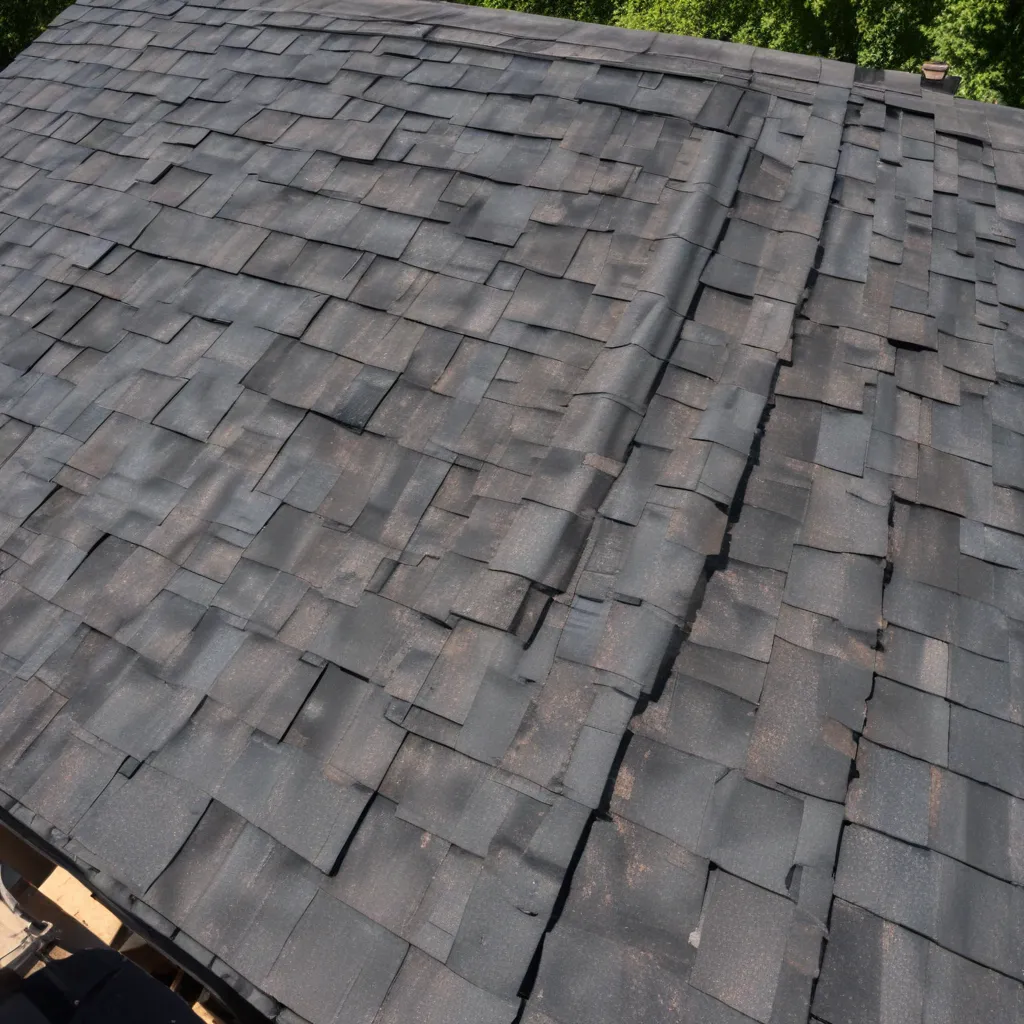
As an experienced roofing specialist, I’m excited to explore the innovative world of composite roofing systems and how they are transforming the way we approach energy efficiency in both commercial and residential applications. In this comprehensive article, we’ll delve into the material composition, thermal performance, and sustainability advantages that make composite roofing a standout choice in today’s construction landscape.
Material Composition
At the heart of composite roofing systems lies a blend of synthetic polymers and reinforced compounds, carefully engineered to deliver unparalleled durability and versatility. These materials go beyond the limitations of traditional roofing options, offering a unique combination of strength, flexibility, and environmental responsibility.
The base of a composite roof is typically a thermoplastic polyolefin (TPO) or polyvinyl chloride (PVC) membrane, which provides a robust yet lightweight foundation. Reinforcing fibers, such as fiberglass or polyester, are then introduced to enhance the material’s tensile strength and dimensional stability. The incorporation of recycled content, including reclaimed plastics and mineral fillers, further underscores the eco-friendly nature of composite roofing.
Thermal Performance
One of the standout features of composite roofing is its exceptional thermal performance, a critical factor in achieving energy-efficient building design. The insulative properties of these systems play a crucial role in regulating indoor temperatures, helping to minimize heating and cooling demands.
Composite roofing materials boast impressive R-values, a measure of their ability to resist heat transfer. By incorporating high-density insulation panels or reflective coatings, composite roofs can achieve R-values exceeding 30, far outperforming traditional asphalt shingles or metal roofs. This thermal efficiency translates to significant energy savings, particularly in regions with extreme temperature fluctuations.
But the benefits don’t stop there. Composite roofing’s solar reflectivity, or its ability to reflect sunlight, is another key contributor to energy efficiency. The light-colored surfaces of many composite roofing products can reflect up to 85% of the sun’s rays, reducing heat absorption and minimizing the strain on cooling systems. This “cool roof” effect is particularly valuable in warm climates, where air conditioning demands can be a major contributor to energy consumption.
Energy-Efficient Design
Composite roofing systems seamlessly integrate with passive solar strategies, enabling architects and designers to create truly energy-efficient building envelopes. By thoughtfully incorporating daylighting features, such as strategically placed skylights or clerestory windows, the need for artificial lighting can be significantly reduced, further lowering energy usage.
Moreover, the thermal mass of composite roofing materials can play a role in moderating indoor temperatures. The ability to absorb, store, and gradually release heat helps to dampen temperature fluctuations, contributing to a more consistent and comfortable living or working environment.
When it comes to optimizing the building envelope, the importance of proper insulation and air sealing cannot be overstated. Composite roofing systems, when paired with high-performance insulation and meticulous air barrier installation, can achieve exceptional U-values – a measure of a material’s thermal transmittance. By minimizing heat transfer and air infiltration, these roofing solutions help to maintain stable indoor temperatures, leading to substantial energy savings.
Sustainability Advantages
Sustainability is a driving force in the construction industry, and composite roofing shines in this regard. These systems boast a reduced carbon footprint compared to traditional roofing materials, thanks to their lightweight composition and the increasing use of recycled content in their manufacture.
Moreover, the inherent durability of composite roofing systems ensures a longer lifespan, reducing the need for frequent replacement and the associated environmental impact. Many composite roofing products can last for decades with proper installation and maintenance, minimizing the demand for landfill disposal or recycling.
The recyclability of composite roofing is another significant advantage. At the end of their useful life, these materials can often be repurposed or reprocessed, contributing to a more circular economy and diverting waste from landfills. This sustainability-focused approach aligns with the growing demand for eco-friendly construction solutions.
Market Trends and Adoption
As the construction industry continues to prioritize energy efficiency and environmental responsibility, the adoption of composite roofing systems has been on the rise. Driven by advancements in material science and the evolution of energy efficiency standards, these roofing solutions are becoming increasingly popular in both the commercial and residential sectors.
Regulatory bodies, such as building codes and energy efficiency programs, have recognized the energy-saving potential of composite roofing. Many jurisdictions now incorporate minimum R-value requirements or offer tax credits and rebates for the installation of high-performance roofing systems. These incentives further incentivize the selection of composite roofing, making it a more accessible and attractive option for property owners.
Consumers, too, are embracing the benefits of composite roofing. Homeowners and building managers are increasingly seeking cost-effective solutions that not only protect their structures but also contribute to long-term energy savings and a reduced environmental impact. The aesthetic versatility of composite roofing, with a wide range of color and texture options, has also broadened its appeal, allowing for seamless integration with various architectural styles.
As the demand for energy-efficient and sustainable construction continues to grow, composite roofing systems are poised to play a pivotal role in shaping the future of the roofing industry. By unlocking the potential of innovative materials and design strategies, these solutions are redefining the way we approach roofing, ultimately leading to more comfortable, cost-effective, and eco-friendly built environments.
To explore the full range of genuine roofing solutions offered by Genuine Roof Systems, visit genuineroofsystems.com. Our team of experienced specialists is dedicated to providing the expertise and resources you need to make informed decisions about your roofing project.

























